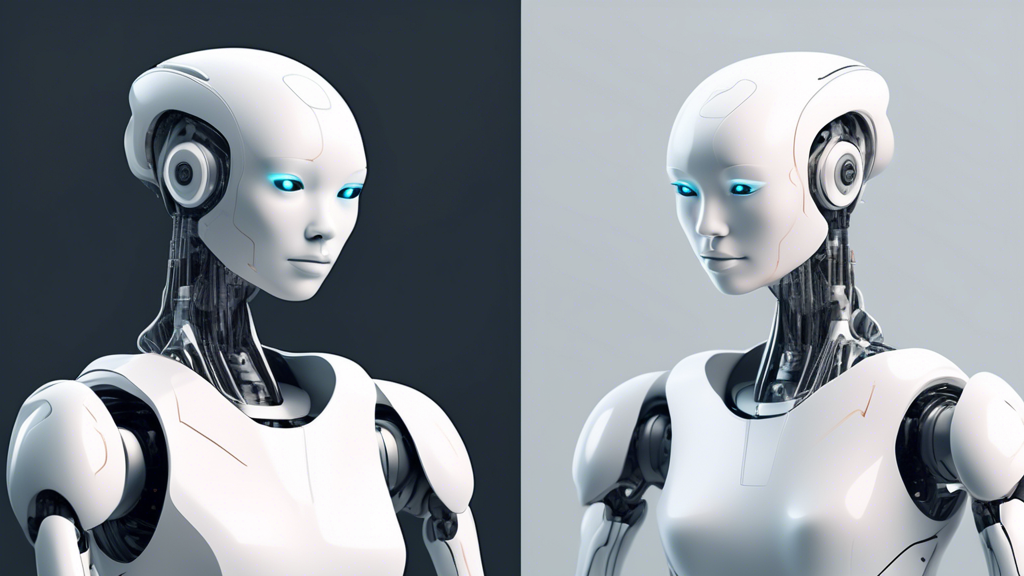Synchronized Movement Enhancing Trust
In recent years, artificial intelligence has made strides in bridging the gap between humans and robots, particularly in terms of synchronized movement. As students exploring the dynamic world of AI, it’s exciting to learn that a study by the University of Bristol suggests that trust is significantly improved when human and robot movements are harmonized. This bit of news could transform how we perceive and work with robots in various critical applications.
Borrowing insights from this study, you might consider how such synchronization can foster teamwork and collaboration, especially in high-stakes environments like emergency services. Imagine a future where firefighters or rescue workers are aided by robots that are seamlessly integrated into their operations. This could make processes faster, safer, and more effective. Herein lies an exciting avenue for students aspiring to deepen their understanding of AI in real-world scenarios.
Exploring Real-World Applications and Efficiency
The methodology used in the Bristol study involved testing with mobile rover robots, simulating post-fire building search scenarios. This experiment highlights how cohesive movement can create important trust indicators. A notable takeaway is that robots might eventually anticipate human reactions and adjust their behavior, promoting a better human-robot relationship. Such developments are critical for those considering careers in AI, robotics, or human-computer interaction.
Furthermore, the research opens up avenues for future exploration. For students interested in pioneering AI applications, there is an emphasis on discovering nonverbal communications that go beyond humanoid robot designs. This could involve developing novel signals—like indicator lights or sounds—that effectively convey intentions or information without misinterpretation.
On a different note, advancements at the Technical University of Munich (TUM) have fashioned tools for creating intrinsic dynamics in robots, ensuring that their energy-efficient movements mirror natural movements found in the animal kingdom. Students with an interest in the biomechanics and robotics field could explore how these efficiency improvements contribute to both ecological benefits and economic savings.
Not to be overlooked is the intriguing development at the intersection of creativity and robotics with innovations like ZRob, a robot capable of playing drums through a bio-inspired approach. Such innovations show the potential of robots in creative and therapeutic settings. For students embarking on AI paths, this represents the opportunity to merge interests in music, art, and technology.
These points not only signify the ingenious advancements in AI but also emphasize the broader scope and potential of AI in various fields such as healthcare, where video data is employed to detect neurologic changes in NICU babies. Collaboration continues to be a cornerstone of AI innovation, with companies like Boston Dynamics blazing trails in humanoid robot development. For students, each of these advancements holds promise, urging a deeper dive into the possibilities and ethical considerations of future technologies.
